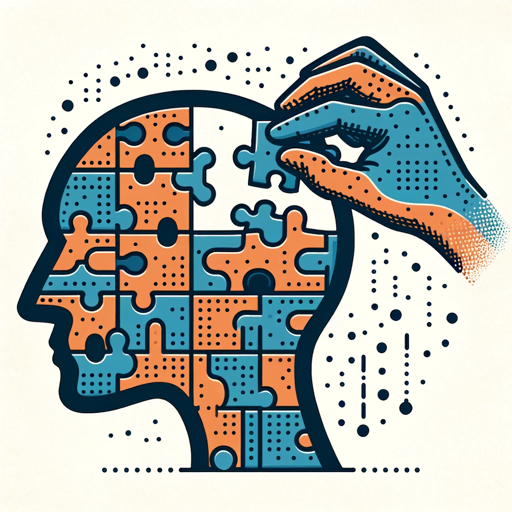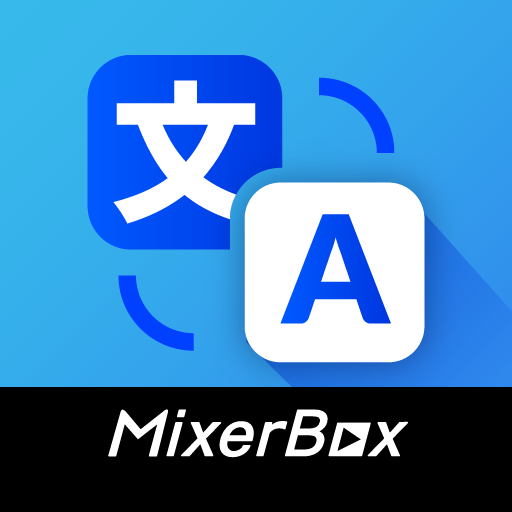VHDL GPT-VHDL coding assistant
AI-powered VHDL design and coding
Your go-to source for VHDL and electronic design automation advice.
Related Tools

Accounting GPT
Your accounting expert.

BPMN-GPT
Business Process Management Notation GPT. Transform your process steps into BPMN code

FPGA and Verilog Expert
Expert in FPGA workings, Xilinx 7 series, and Verilog HDL

GPT Action Schema Creator
Creates a Open AI API 3.0 Schema for GPT Actions

GPT Builder V2.4 (by GB)
Craft and refine GPTs. Join our Reddit community: https://www.reddit.com/r/GPTreview/

Ethereum GPT
Expert in Ethereum blockchain analysis via Etherscan API
20.0 / 5 (200 votes)
Introduction to VHDL GPT
VHDL GPT is a specialized AI designed to assist with VHDL (VHSIC Hardware Description Language), a hardware description language used in electronic design automation to describe digital and mixed-signal systems. The core purpose of VHDL GPT is to help users in coding, troubleshooting, and mastering VHDL, enabling them to create efficient and reliable digital designs. Unlike typical programming languages, VHDL is used to describe hardware, and VHDL GPT is tailored to this unique paradigm by offering support in writing, simulating, and synthesizing VHDL code. VHDL GPT is particularly useful in scenarios where understanding the concurrent nature of hardware is crucial, such as in designing finite state machines or implementing complex digital logic circuits. By leveraging advanced language models, VHDL GPT can provide detailed explanations, debug existing code, and suggest optimizations to ensure high-performance hardware designs.

Main Functions of VHDL GPT
Code Assistance
Example
A user needs to write a VHDL module for a 4-bit counter. VHDL GPT can provide the code structure, help define the entity and architecture, and explain how to implement the counter using behavioral modeling.
Scenario
In real-world applications, this function helps engineers quickly develop reliable VHDL code, reducing the time spent on debugging and allowing them to focus on optimizing the design.
Troubleshooting and Debugging
Example
A user encounters an issue where a VHDL process is not synthesizing as expected. VHDL GPT can analyze the code, identify potential pitfalls such as incorrect signal assignments, and suggest corrections.
Scenario
This function is crucial in complex projects where bugs can cause significant delays. By using VHDL GPT, engineers can efficiently resolve issues, ensuring that their designs function correctly and meet the required specifications.
Concept Clarification and Learning Support
Example
A student learning VHDL is confused about the difference between concurrent and sequential statements. VHDL GPT can provide a detailed explanation, including examples of each and how they are used in real designs.
Scenario
This function is ideal for educational settings or self-learners who need a deep understanding of VHDL concepts. By offering clear and concise explanations, VHDL GPT helps users build a solid foundation in VHDL, which is essential for successful hardware design.
Ideal Users of VHDL GPT
Digital Design Engineers
Digital design engineers working on FPGA or ASIC projects are the primary users of VHDL GPT. These professionals benefit from the tool's ability to assist with coding, debugging, and optimizing VHDL designs, enabling them to produce high-performance digital systems more efficiently.
Students and Educators
Students learning digital design and educators teaching VHDL can greatly benefit from VHDL GPT. It serves as a powerful learning tool that provides explanations, examples, and interactive support, making the complex concepts of hardware design more accessible.

How to Use VHDL GPT
Visit aichatonline.org for a free trial without login, also no need for ChatGPT Plus.
Access the platform directly to explore the capabilities of VHDL GPT without any registration or payment requirements.
Familiarize with VHDL Concepts
Before diving into VHDL GPT, ensure you have a basic understanding of VHDL concepts and syntax. Resources like Free Range VHDL can be a good start.
Input VHDL Queries
Use the interface to input your VHDL-related questions, whether they are coding issues, conceptual doubts, or specific troubleshooting queries.
Review Generated Code and Solutions
Carefully review the generated VHDL code and solutions provided by VHDL GPT. Test these solutions in your VHDL simulation environment.
Iterate and Refine
Use the feedback from your testing to refine your queries and get more precise answers. Continuous interaction will help in gaining deeper insights and better solutions.
Try other advanced and practical GPTs
Image Emulator
AI-Powered Image Transformation Tool

公文笔杆子
AI-powered official document creation

MixerBox Translate
AI-driven translations and language insights.

3T9DSA Image Generator
AI-powered imagery for limitless creativity

Sports Betting Picks & Tips
AI-powered insights for smarter bets

Building Designs and Plans
AI-Powered Architectural Design, Made Easy

EtsyWizard
AI-powered tool for Etsy shop success.

AI Logo Generator
Design your brand's identity effortlessly with AI

科技论文翻译助手
AI-driven precision for academic translations.

Music GPT
AI-powered music discovery made easy.

Map AI GPT: MixerBox ChatMap
AI-powered navigation and local search.

MMM-GPT
AI-powered marketing analytics for smarter decisions.

- Debugging
- Optimization
- Coding Help
- Guidance
- Concepts
VHDL GPT Q&A
What is VHDL GPT?
VHDL GPT is an AI-powered tool specialized in assisting with VHDL coding, troubleshooting, and concept mastery. It leverages deep learning to provide tailored solutions for electronic design automation.
How can VHDL GPT help with VHDL coding?
VHDL GPT can generate VHDL code snippets, help debug existing code, explain VHDL concepts, and offer guidance on best practices for writing efficient and correct VHDL code.
Is VHDL GPT suitable for beginners?
Yes, VHDL GPT is designed to assist users at all levels, from beginners to experienced engineers. It provides clear explanations and can guide beginners through basic concepts and coding practices.
Can VHDL GPT assist with complex VHDL projects?
Absolutely. VHDL GPT is equipped to handle complex queries and provide detailed, advanced guidance on sophisticated VHDL projects, including optimization and best practices.
What are the prerequisites for using VHDL GPT?
The main prerequisite is a basic understanding of VHDL. Having a working knowledge of digital logic design and familiarity with VHDL syntax will help you make the most out of VHDL GPT.